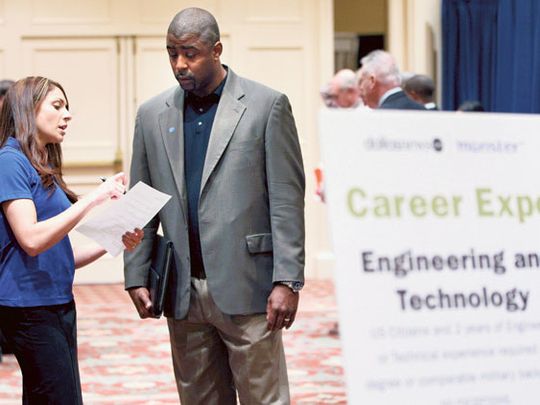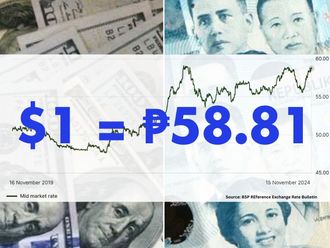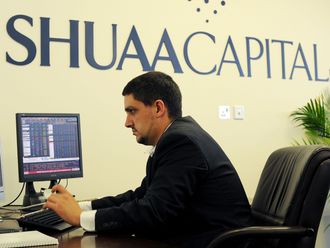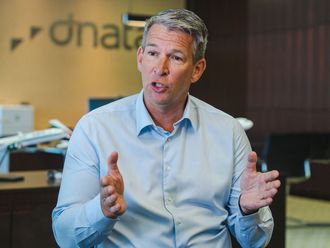
Washington: The US unemployment rate fell to a two-and-a-half year low of 8.6 per cent in November and companies stepped up hiring, further evidence the economic recovery was gaining momentum.
Nonfarm payrolls increased 120,000 last month, the Labour Department said yesterday, in line with economists' expectations for a gain of 122,000.
The relative strength of the report was also bolstered by revisions to the employment counts for September and October to show 72,000 more jobs created than previously reported.
While part of the decline in the unemployment rate from 9.0 per cent in October was due to people leaving the labour force, the household survey from which the jobless rate is derived also showed solid gains in employment
The unemployment rate had been expected to hold at 9 per cent. It last dropped by 0.4 percentage point in January. "The really good news is that employment has grown for four months running — in large steps. There was a solid increase in private employment. Everything there looks steady, but clearly healthy and positive," said Pierre Ellis, a senior economist at Decision Economics in New York.
However, retail accounted for more than a third all new private sector jobs in November.
Dollar extends gains
US stock index futures added gains after the report, while Treasury debt prices briefly extended losses and interest rate futures held steady. The dollar extended gains versus the yen.
The report is unlikely to take much pressure off President Barack Obama, whose economic stewardship will face the judgement of voters next Nov-ember. The outlook for the US economy is also being threatened by Europe's deepening financial crisis.
The report could temper the appetite among some Federal Reserve officials to ease monetary policy further. In forecasts released earlier last month, the Fed said the jobless rate would likely average 9 per cent to 9.1 per cent in the fourth quarter. It did not expect it to drop to an 8.5 per cent to 8.7 per cent range until late next year.
Data ranging from manufacturing to retail sales suggest the growth pace could top 3 per cent in the fourth quarter, in contrast to China, where growth is cooling and the Eurozone, which many economists believe is already in recession. While the economy's growth pace appears to have accelerated from the third quarter's 2 per cent annual rate, unemployment remains too high.
At the same time, US fiscal policy is set to tighten in the new year, even if lawmakers extend a payroll tax cut. Data showed hourly earnings fell 2 per cent during the period under review.
Quantitative easing
Taken together, some analysts believe the headwinds facing the US economy will lead the Fed to ease monetary policy further by buying more bonds.
"We still have a very long way to go. I would favour the Fed going for a third round of quantitative easing," said Ryan Sweet, a senior economist at Moody's Analytics in West Chester, Pennsylvania. "It's the only powerful tool left, even though it's losing some of its bang."
Analysts say the economy needs to create at least 125,000 jobs every month just to keep the unemployment rate steady.
But there are reasons to be cautiously optimistic.












